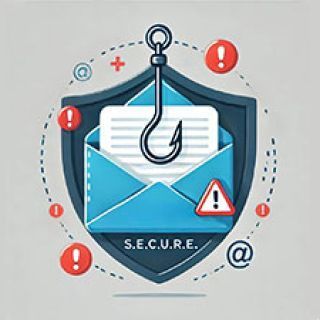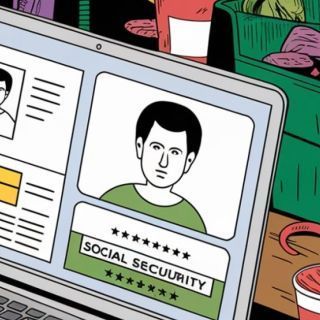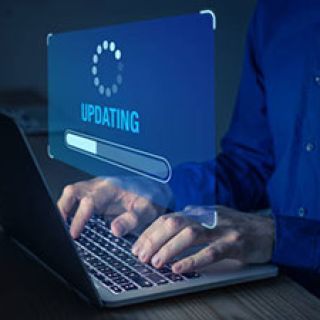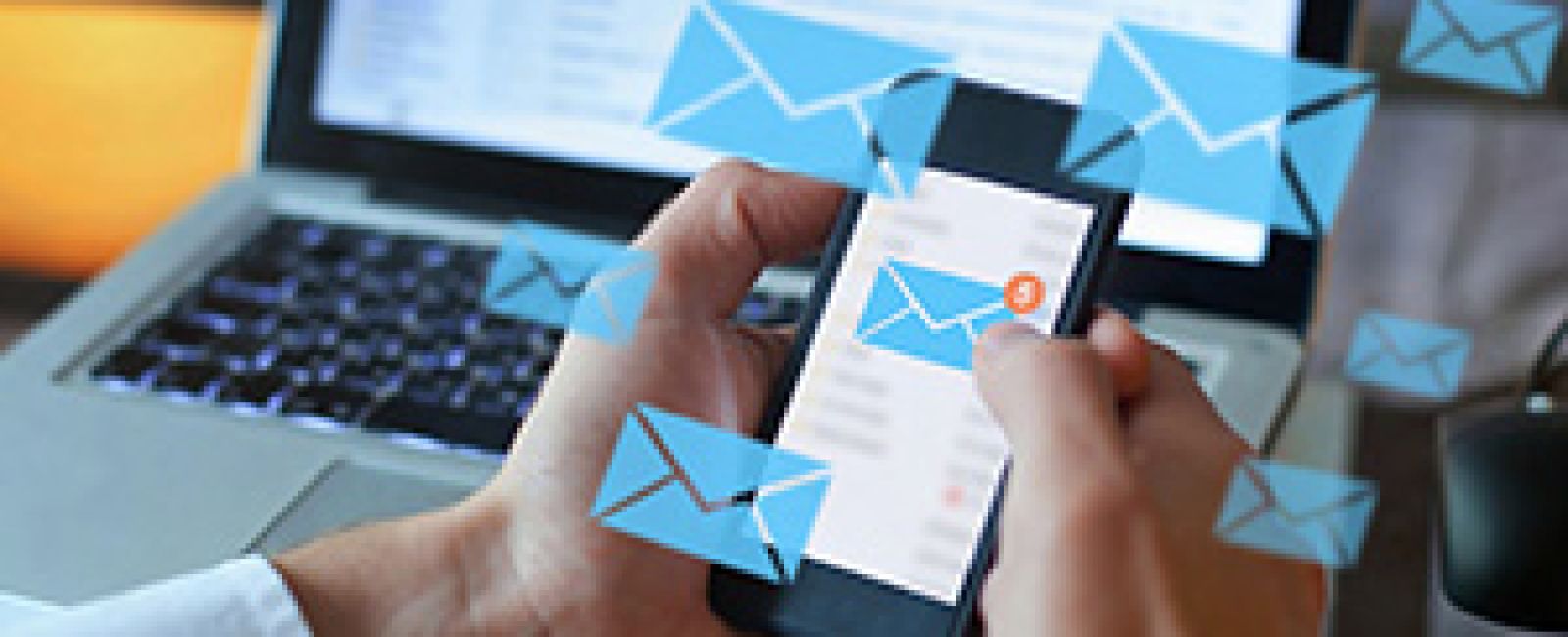Odds are that right now you're doing a handful of tasks manually that you don't need to, like sorting through an endless e-mail inbox. According to Microsoft, employees spend just under two hours daily on e-mail - that's more than eight hours a week spent in your inbox instead of on more creative or strategic projects.
But many businesses and employees have found a way off the relentless merry-go-round of to-dos: automation. By using software to manage repetitive tasks (without human intervention), you can complete your to-do list faster, spending less time on menial tasks and more time doing the projects you enjoy.
Task #1: Get Your Inbox To Zero (Without Wasting A Day Of Your Life)
E-mail is essential to our work today, but managing an overflowing inbox is an endless job. Automation tools, however, can quickly organize and prioritize e-mails, schedule responses and even convert e-mails to actionable tasks.
Here are a few ways to automate your e-mail tasks:
- Automating inbox organization. In every mainstream e-mail platform, you can create filters and rules. Start by setting up filters in your e-mail to automatically sort incoming e-mails based on criteria like sender, subject or specific keywords. For instance, e-mails containing the word "invoice" can be directed straight to a designated folder.
- Use labels and categorization. Most e-mail platforms have an automatic label feature that helps you categorize e-mails more dynamically than folders will allow. You can apply multiple labels to a single e-mail, making it easier to retrieve e-mails that may fall into several categories.
- Scheduling and automating e-mail responses. Delayed send or scheduling tools automatically send your e-mails at predetermined times, which can be particularly useful for reaching recipients in different time zones. Write now, send later.
- Automate task creation from e-mails. Automation services can integrate your e-mail with project management tools and automatically convert incoming e-mails into actionable tasks, so you never miss an important action item!
- Utilizing AI and advanced automation. If you want to level up your e-mail automation, some automation tools let you use AI to label new e-mails based on their content, which can streamline how you prioritize and handle incoming messages.
Task #2: Hands-Off Appointment Scheduling
We're all busy people, but booking a meeting shouldn't require 10 back-and-forth e-mails. Calendar automation tools remove this annoying exchange by enabling people to book directly on your calendar and sending automatic event invitations and reminders.
With calendar automation tools, you can:
- Allow clients to book directly into your calendar. With automated calendar tools, customers or team members can view your available time slots and book directly.
- Sync schedules across devices and team members. These tools can also sync with most e-mail platforms, ensuring all team members are updated in real time when a time or location changes.
- Send automated appointment reminders. Calendar tools also support sending automated appointment reminders. These can be customized to send before the appointment, reducing no-shows and making sure everyone is on time and prepared.
Task #3: Streamline Bookkeeping
Tracking the ins and outs of finances manually is tedious and can also be subject to more human error. Here are three ways automation improves bookkeeping:
- Automatically import and categorize transactions. Automation software can automatically pull in and categorize transactions from your bank accounts and credit cards, dramatically reducing the need for manual entry and helping maintain cleaner, more organized financial records.
- Generate custom financial reports with one click. Automated reporting tools also have robust capabilities for generating detailed financial reports instantly. These platforms allow for real-time insights into financial performance, enabling leaders to make informed business decisions quickly.
- Integrate with your bank and payment processors: There are tools that also provide comprehensive integration with banking systems and payment processors that track cash-flow management and ensure that all transactions are automatically recorded and reconciled in your accounting software.
Focus On The Work You Enjoy
E-mail, appointments and bookkeeping are critical to running your work and business, but they don't need to be a mind-numbing time suck. Use simple automation tools to take manual tasks off your plate so you can focus on the creative and strategic parts of your business you enjoy most.
Justin Donnaruma
July 10, 2024




